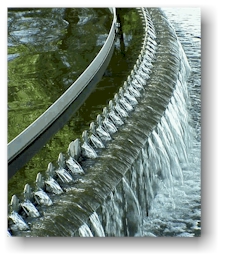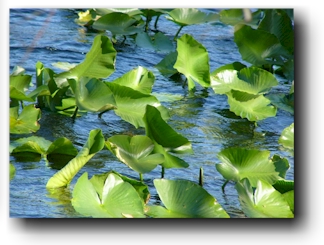|
|
|||
|
|||
|
Despite thirty years of restoration efforts since the passage of The Clean Water Act in 1972, the St Johns River and its tributaries remain contaminated and continue in a state of decline. Therefore we should begin a different course of action, embracing a more aggressive approach to restore our rivers.
Monitoring water quality is important but does not fully reveal the overall health of the river and its ability to sustain fish, wildlife and aquatic plant life...
Biological Community Assessments Tracking the Health of the River
Water quality, biological, hydrological, and habitat
studies and analyses are necessary to accurately assess the health of the
river and to measure the progress of the restoration program.
The current regulations measure the health of the river by focusing primarily on water quality. Monitoring water quality is important but does not fully reveal the overall health of the river and its ability to sustain fish, wildlife and aquatic plant life. Additional biological, hydrological, and habitat studies testing should be conducted and reported on a regular basis.
River water is physically captured by “grabbing” a sample in a container or through the use of automated sampling devices where water is pumped through a sample tube and deposited into a sample container. The samples are then tested for pollutants in the field and/or transported to a laboratory where they undergo numerous tests for a variety of chemicals and pollutants.
The tributaries and main stem of the St Johns
River have been divided into numerous regions and assigned a Water Body
Identification Number (WBID). Water quality testing has been ongoing for
many years within these different WBIDs. If certain pollutants are present
and exceed certain limits, then the tributary (WBID) is determined to be “impaired”.
Methods and procedures to reduce the amount of these specific pollutants
will be undertaken to return the river to health. Reducing the pollutant
loading is obviously a good thing to undertake, but much more needs to be
done to restore the rivers.
River water "grab" samples and automated water sampling devices often fail to capture surges of pollutants that wash into the river intermittently. Bottom sediment should be sampled and analyzed regularly as it provides a history of the pollutants and organic matter that have washed into the receiving waters.
The following biological, hydrological and habitat assessment testing should be conducted and reported on an ongoing and frequent basis to more accurately determining the health of the river:
An overview of some of the current regulations that directly impacts the health of the St Johns River follows:
Florida's Stormwater Rule was established as a technology-based program that relies upon the implementation of BMPs that are designed to achieve a specific level of treatment (performance standard). The performance standards are set forth in Chapter 62-40, F.A.C., the Water Resource Implementation Rule. The performance standard for erosion and sediment control during construction is to retain sediment on-site, with a backstop that no discharge shall violate the state’s water quality standard for turbidity.
Based on performance and cost-effectiveness investigations of urban stormwater BMPs, the performance standard for the stormwater treatment was established as 80% reduction of the average annual loading of total suspended solids for most discharges, or 95% for direct discharges to Outstanding Florida Waters. In addition, the water management districts and local governments have established performance standards to minimize flooding by limiting the post-development stormwater peak discharge rate and, in some cases such as closed basins, the stormwater volume.
This technology-based program was implemented in accordance with EPA guidance on the development of stormwater regulatory programs and the role of water quality criteria. The guidance recognized that BMPs are the primary mechanism for treating stormwater to achieve water quality standards. The guidance also recommends that state programs should include the following:
Proper installation and operation of state approved BMPs should help receiving waters continue to achieve water quality standards. While water quality standards are to be used to measure the ultimate effectiveness of stormwater management programs and BMPs, the EPA recognizes that there should be flexibility in water quality standards to address the variability and intermittent nature of stormwater discharges. If water quality standards are not met, the design criteria for the BMPs should be modified. In some cases, the water quality standards should be reassessed. This latter situation is especially relevant since existing water quality standards were developed for traditional point sources that discharge continually, while stormwater discharges are intermittent and represent relatively short-term, shock loadings to a receiving water. Since most stormwater pollutants become associated with bottom sediments, sediment and biological community standards are more appropriate than traditional water chemistry standards in assessing environmental effects of stormwater discharges.
Total Maximum Daily Load (TMDL) Program
Florida’s DEP is working on a more comprehensive approach to protecting Florida water quality involving basin-wide assessments and the application of a full range of regulatory and non-regulatory strategies to reduce pollution. The Total Maximum Daily Load (TMDL) is the heart of this comprehensive approach.
TMDL is a scientific determination of the maximum amount of a given pollutant that a surface water can absorb and still meet the water quality standards that protect human health and aquatic life. Water bodies that do not meet water quality standards are identified as "impaired" for the particular pollutants of concern--nutrients, bacteria, mercury, etc.--and TMDLs must be developed, adopted and implemented for those pollutants to reduce pollutants and clean up the water body.
Basic Steps of the TMDL Program
|
|||
Restore The Rivers * 3088 Country Club Blvd. * Orange Park, FL 32073 Phone 904-327-1202 *
Info@restoretherivers.com * www.restoretherivers.com
Copyright © 2009 Restore The Rivers All Rights Reserved
|

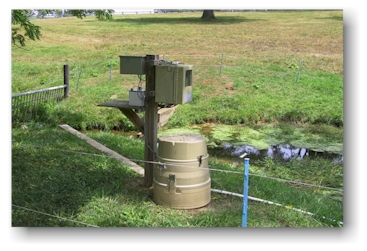
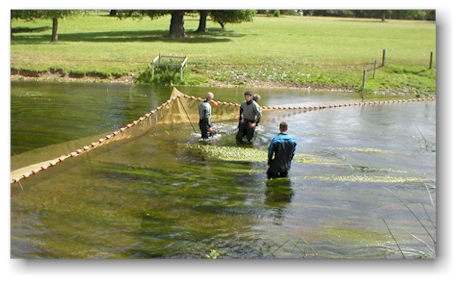
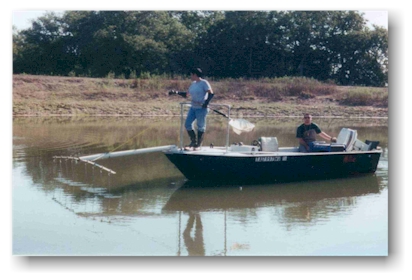 .
.